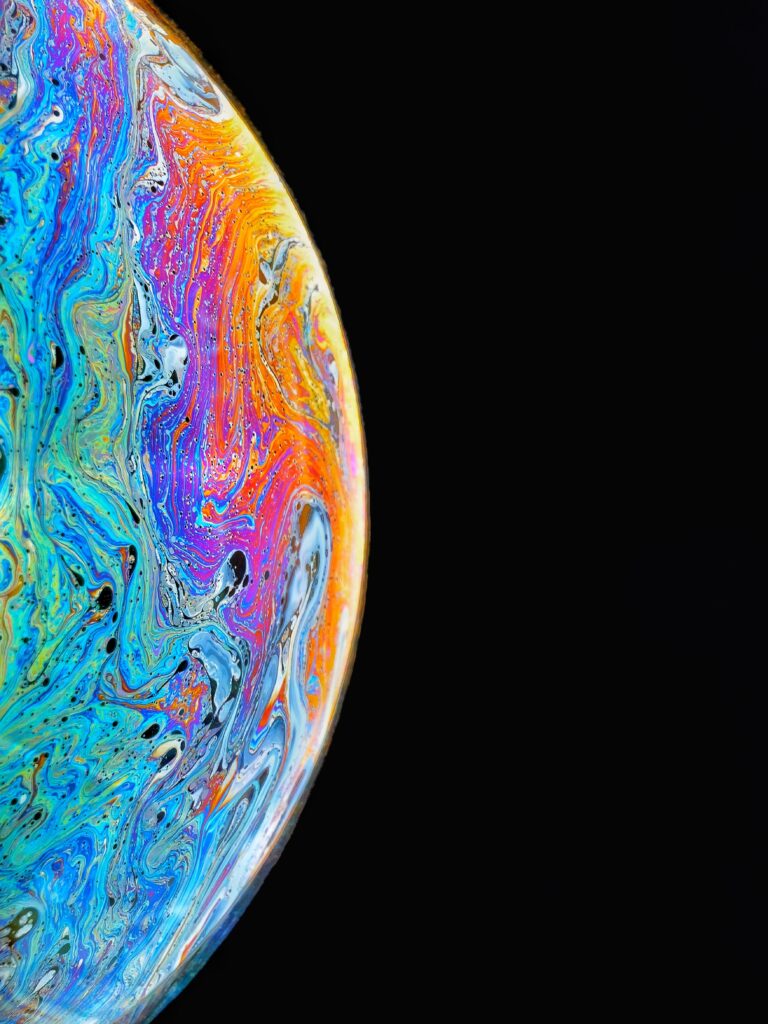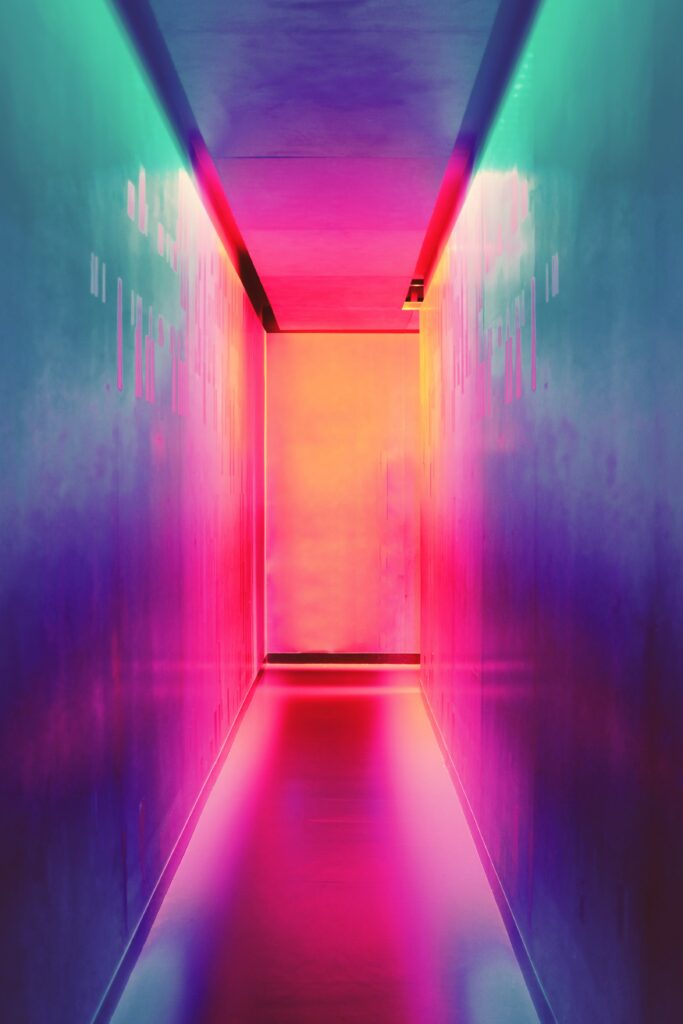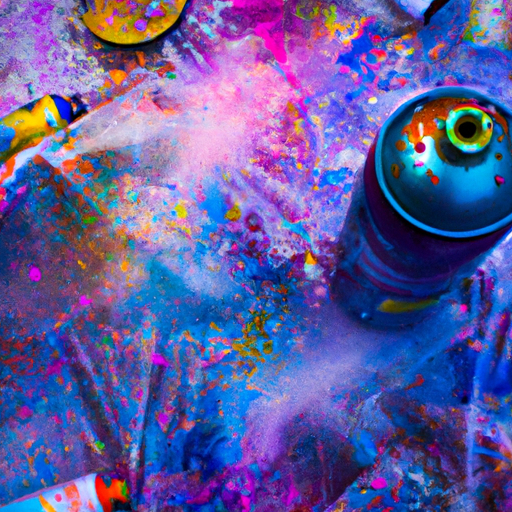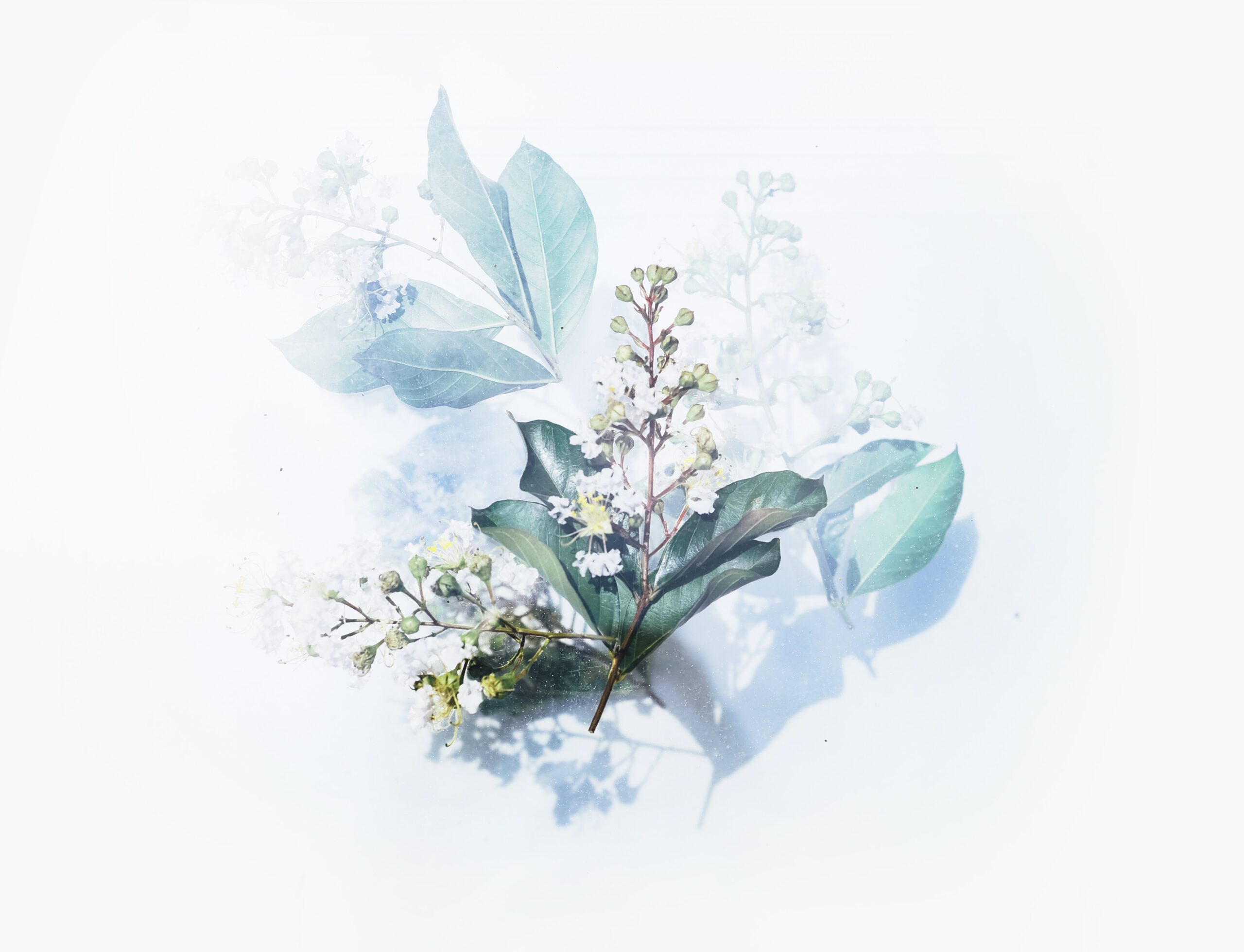Are you an artist looking to mix your own magenta acrylic paint? Look no further! In this article, you will learn the step-by-step process of creating this vibrant color. Whether you’re a beginner or an experienced painter, this guide will provide you with the necessary techniques to achieve the perfect shade of magenta that will surely add a pop of color to your artwork. So grab your paint palette and let’s get mixing!
Materials Needed
Before diving into the world of mixing magenta acrylic paint, it’s important to gather all the necessary materials. Here’s a handy list of items you’ll need:
- Magenta acrylic paint (tube or bottle)
- Red acrylic paint (primary color)
- Blue acrylic paint (primary color)
- Purple acrylic paint (secondary color)
- Paint palette or mixing surface
- Paintbrushes
- Water container
- Paper or canvas for testing and practicing
Now that you have your materials ready, let’s move on to understanding magenta acrylic paint.
Understanding Magenta Acrylic Paint
Magenta is a vibrant and versatile color that falls within the red-purple spectrum. It is a primary color and can be used on its own or mixed with other colors to create various shades and tones. Magenta is known for its eye-catching and bold appearance, making it a popular choice among artists.

Basic Mixing Techniques
To successfully mix magenta acrylic paint, it’s essential to understand the two primary methods: mixing magenta from primary colors and mixing magenta from secondary colors. Each technique offers its own unique qualities and results.
Mixing Magenta from Primary Colors
One way to create magenta is by mixing it from primary colors, namely red and blue. This method allows for greater control over the final hue and saturation of magenta.
Choosing the Right Red Pigment
When selecting a red pigment for mixing magenta, opt for a warm-toned red. Reds with a slight orange undertone work best in achieving a vibrant magenta hue. Experiment with different shades of red to find the one that suits your desired outcome.
Selecting a Blue Pigment
Choosing the right blue pigment is crucial in obtaining the perfect magenta shade. Look for a blue that leans towards the purple side of the spectrum. Cobalt blue or ultramarine blue are excellent choices as they provide a good balance between warmth and coolness.
Mixing the Paint
To start mixing magenta from primary colors, squeeze a small amount of red and blue paint onto your palette. Begin by adding a small portion of red paint to your mixing area and gradually introduce the blue paint. Keep mixing until you achieve the desired magenta shade. Remember, a little goes a long way, so start with small amounts of paint and adjust as needed.
Mixing Magenta from Secondary Colors
Alternatively, you can mix magenta from secondary colors, specifically using purple as a base. This method gives a slightly different result and can produce interesting variations of magenta.
Using Purple as a Base
Take a purple acrylic paint and use it as the foundation for creating magenta. Purple already contains the primary color blue, which makes it an excellent starting point. Having purple as a base provides a richer and more layered magenta pigment.
Adding Red and Magenta Pigments
Once you have a base of purple on your palette, add a small amount of red acrylic paint. This will enhance the vibrancy of your magenta. If desired, you can also add a touch of pure magenta pigment to intensify the hue further. Mix the colors together thoroughly until you achieve the desired shade of magenta.
Creating Variations of Magenta
Now that you have learned the basic mixing techniques for magenta, let’s discuss how to create variations of this bold color for different artistic purposes.
Lightening Magenta
To lighten magenta, simply add a small amount of white acrylic paint to your magenta mixture. Start with a small quantity and gradually increase until you reach the desired lighter shade. Remember that white has a powerful lightening effect, so use it sparingly to avoid overpowering the magenta.
Darkening Magenta
If you prefer a darker shade of magenta, you can achieve it by adding a touch of black acrylic paint to your magenta mixture. However, black can easily overpower the color, so add it sparingly and gradually. Darkening magenta can be an effective way to create richer and more sophisticated tones.
Adding Warmth to Magenta
To add warmth to your magenta, consider incorporating a small amount of yellow acrylic paint to your mixture. The warm undertones of yellow can help create a more vibrant and lively magenta. Experiment with different ratios of yellow to find the balance that suits your artistic vision.
Adding Coolness to Magenta
On the other hand, if you wish to achieve a cooler magenta tone, adding a touch of green acrylic paint can help achieve the desired result. Green compliments red well and can introduce a refreshing and cool element to your magenta mixture. Add green gradually and test the color as you go until you achieve the desired coolness.

Mixing Magenta for Different Purposes
Magenta is a versatile color that can be customized to fit various artistic purposes. Let’s explore some specific scenarios where mixing magenta can come in handy.
Mixing a Vibrant Magenta
To create a vibrant magenta color that catches the eye, focus on using a bright red pigment such as cadmium red and combine it with a cooler blue shade like ultramarine blue. Adjust the ratios of red and blue to find the perfect balance. This vibrant magenta is perfect for bold and expressive paintings that demand attention.
Creating a Pastel Magenta
If your artistic vision calls for a softer and more delicate magenta, start with a light pink base and gradually add a small amount of red and blue paint. Keep the ratios minimal and experiment until you achieve the desired pastel magenta shade. This soft color is ideal for creating subtle gradients or adding a gentle touch to floral or nature-themed artwork.
Mixing Skin Tones with Magenta
Believe it or not, magenta can be a useful color when it comes to mixing skin tones. By combining magenta with white, yellow, and a touch of blue, you can create a range of warm and realistic skin tones. Experiment with different ratios and shades to mix a magenta-based skin tone that suits your artistic needs.
Tips and Precautions
While mixing magenta acrylic paint can be an exciting process, it’s important to keep a few tips and precautions in mind to ensure the best results.
Start with Small Amounts
When mixing magenta, begin with small amounts of paint and gradually build up the color. Remember that adding more paint is easier than taking it away, so take it slow and prevent wasting your materials.
Mix Thoroughly
To achieve a consistent and even color, make sure to mix your paint thoroughly. Use a palette knife or brush to blend the colors together until they reach a smooth and uniform appearance. This step is important to avoid streaks or uneven patches in your final artwork.
Experiment with Ratios
Don’t be afraid to experiment with different ratios of red, blue, and other colors to create unique variations of magenta. Keep track of the ratios you use to replicate successful mixes in the future and to develop your personal style and preferences.
Keep Track of Your Mixes
As you explore different mixtures and ratios of magenta, keep a record of your successful combinations. This will help you recreate specific shades and remember the recipes you’ve discovered along the way. A sketchbook or journal dedicated to color mixing can be a great resource.
Clean Your Brushes Properly
After mixing magenta, make sure to clean your brushes thoroughly to avoid color contamination. Rinse them in water until the water runs clear, and then gently reshape the bristles. Cleaning your brushes promptly will help maintain the quality and lifespan of your tools.

Conclusion
With the knowledge and techniques covered in this comprehensive guide, you are now equipped to confidently mix magenta acrylic paint. Whether you’re striving for vibrant and eye-catching hues or soft and delicate shades, the versatility of magenta allows you to explore a range of artistic possibilities. Remember to always experiment, have fun, and let your creativity flow as you dive into the world of magenta mixing. Happy painting!



